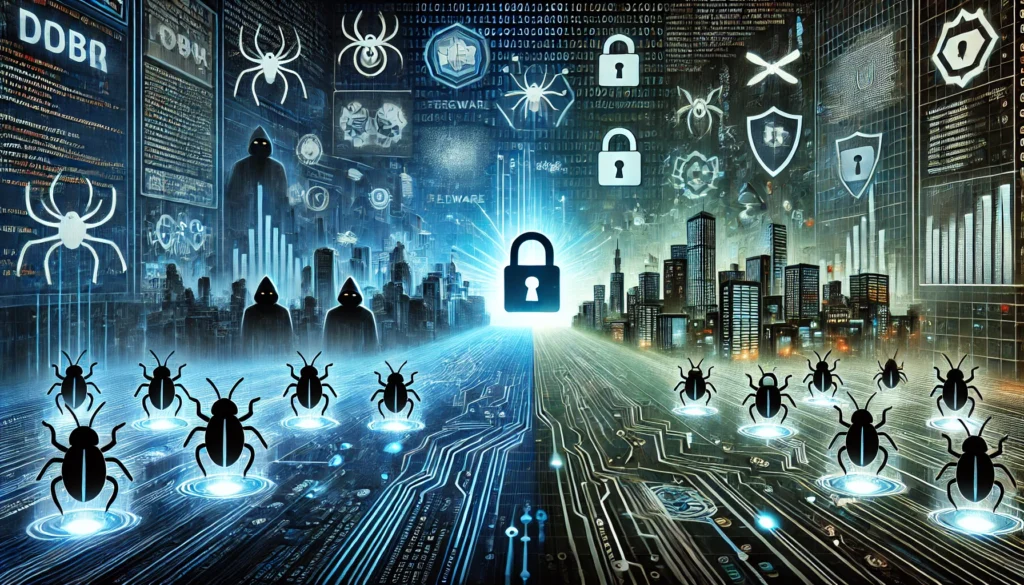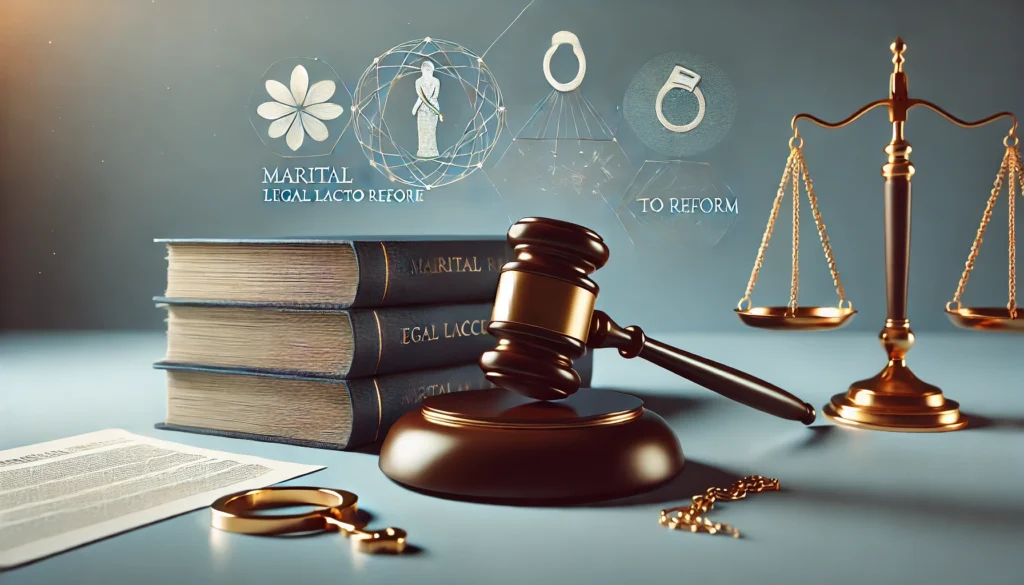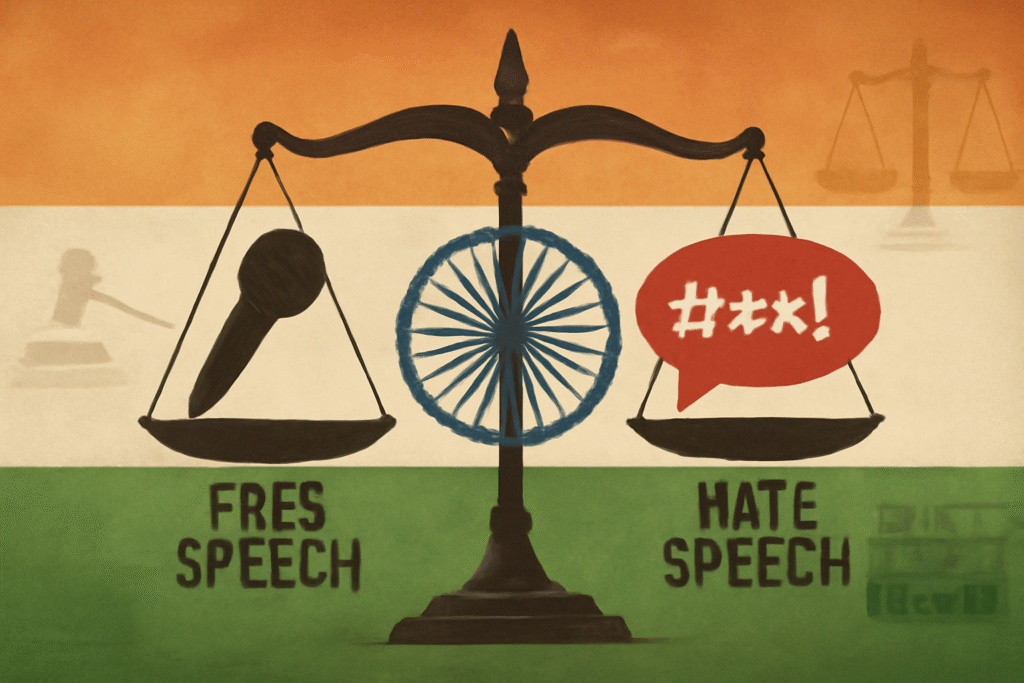Published On: October 27th 2025
Authored By: Shreya Alok Pathak
University of Mumbai - Thane Subcampus
Introduction
In India, the development of digitalization has seen a vast growth in the last decade. Technology is taking over every sector of the Indian economy. This development has led to the foundation of a new branch of crime – cybercrime. Cybercrime ranges from fiscal fraud and identity theft to data breaches and online importunity. Looking at the need, India has made several laws to lower the rate of cybercrime cases. Admissibility of evidence is a veritably pivotal stage in any civil/ criminal trial and mainly goods its outcome. Technological advancements keep on presenting new and unique challenges before the courts and bar by offering colorful new forms of electronic attestations. Another challenge that’s faced in respect to electronic evidence is the ease with which it can be forged, fabricated, and manipulated and making it all the more delicate to decide about the admissibility and veracity.
What is a Digital Evidence as per Indian Law ?
Digital evidence, also known as electronic evidence, refers to any information that’s created, stored, transmitted, or recaptured in digital form. In the environment of Indian law, electronic evidence encompasses a wide range of data, including emails, digital documents, social media posts, computer-generated records, and other forms of digital dispatches. [1]
Significance of Digital Evidence
Digital evidence is particularly important in dealing with cases where information is stored electronically. The information may be in any form that includes emails, lines and history, all are reckoned for as digital evidence while conducting a forensic investigation. Digital forensic investigation is still developing in India.
In 2008, a terror attack took place in Mumbai, stressing that the country was still figuring out how to handle and probe digital crimes. The investigation into the attack was blamed for missing important digital information from the US that advised about the possible terror attack. After this attack, investigators declared that digital evidence played a big part in planning and carrying out these terror attacks. In this regard, the Indian government created a report which refocused out that digital bias is veritably important. The report also stressed the significance of information from a satellite phone, Direct Inward Dialing ( DID) installations, GPS equipment and the shadowing of emails/ IP addresses.[2]
Admissibility of Digital Evidence
After the accession and analysis of evidence, admissibility is the next step in the process of any cybercrime investigation. Evidence is produced before a judge or a jury to prove a fact in a case. Admissibility of evidence refers to the operation of a set of legal rules by a judge to determine whether or not the evidence may be proffered. To be permissible in court, the evidence should be complete, dependable, credible and authentic. [3]
Provisions for the admissibility of digital evidence under Indian Law
- Section 65A : Special provisions as to evidence relating to electronic records – The contents of electronic records may be proved in agreement with the provisions of section 65B. Section 65B,
- Section 65B (1) : Admissibility of electronic records – Any information contained in an electronic record which is published on a paper, stored, recorded or copied in optic or glamorous media produced by a computer (hereinafter appertained to as the computer output) shall be supposed to be also a document, if the conditions mentioned in this section are satisfied in relation to the information and computer in question and shall be permissible in any proceedings, without further evidence or production of the original.
- Section 65B ( 4) : For admissibility of evidence, an instrument shall have
- The ensuing matters as necessary relating to the applicable electronic records relating to the instrument and describing the manner in which it was produced.
- Details of the device producing it.
- Satisfying the conditions of 65B( 2) i.e,. The computer from which the affair was produced was used regularly to store or reuse information during its regular course of conditioning, and throughout the material part of the said period, the computer was operating duly.
- Instrument of matters is to be stated to the style of the knowledge and belief of the person subscribing to the instrument, i.e, the officer in charge of the operation or operation of the affiliated conditioning [4]
Bharatiya Sakshya Adhiniyam- Evolution of Digital Evidence
BSA updates and expands the delineations and rules concerning the admissibility and running of electronic evidence in Indian courts. The crucial vittles regarding electronic evidence in the BSA 2023 include
- Increased scope of Secondary evidence: The BSA broadens the description of secondary evidence to include a wider range of digital documents and records. This ensures that colorful forms of electronic evidence are more fluently permissible in court.
- Section 61: This section guarantees that electronic or digital records cannot be barred from evidence solely because they’re in electronic form. This provision ensures that electronic records are treated with the same legal validity as traditional paper documents.
- Section 65B : The vittles under this section have been streamlined to simplify the process of admitting electronic records. It includes the demand for an instrument to accompany electronic records to authenticate their validity. This instrument must detail the process by which the electronic evidence was produced, ensuring its integrity and authenticity.
- Hash Value instrument: A new demand authorization that the hash value of electronic records be certified. The hash value is a unique identifier that helps corroborate that the digital evidence has not been tampered with. This adds a redundant subcaste of security and credibility to the electronic evidence.[5]
Challenges in the admissibility of digital evidence
- Partial View of Information : When we use a forensic tool to recover a deleted train from storehouse media, it involves several layers of abstraction from glamorous fields on the fragment to the letters and figures that we see on the screen. Hence, the factual data is nowhere visible, but only a representation of the same can be seen.
- Difficulty in Leg pointing the Original Creator : Utmost of the time, it becomes insolvable to attribute the computer exertion to one specific person. Only professional judges can find the point of origin of the information, i.e, the device in which it was first created, stored, or transferred, not as to the existent who did this.
- Fluently Manipulated or Altered : The electronic records can be altered, deleted, manipulated, copied, distorted, and deleted information can be recovered and indeed destroyed veritably fluently, and therefore it poses a challenge for the investigative authorities.
- Unreliable Sources : Electronic evidence gathered from the internet, especially from social media sources, where people are free to post whatever they want still they want subject to minimum restrictions, can not be considered dependable. Not only this, but it has also come easy to fake information to lead investigators on a wild goose chase. Using VPNS, faking one’s information online- cases similar to these have occurred numerous times, leading to a mistrustfulness as to the exact target of the crime.
- Vulnerability to Hacking : In case there are multiple biases connected, not only does hacking into one make the other susceptible to being addressed, but it also makes it difficult to figure out the point of origin of the hack and the perpetrator behind it.
- Rigorous Process for the Authorities : Constantly developing and perfecting technology has instigated a need for constant alert by the investigative authorities to keep track. This, still, is a rigorous and laborious process that’s delicate to keep up with. Technology and its approach towards it are changing faster than the authorities can learn about them or prepare for them. New canons, new machines, rearmost sources, registered as well as unrecorded operations, and unrestrained access to them have created hurdles for the authorities.
Landmark Judgements
- State of Maharashtra v. Praful Desai( 2003) : In this case, the Supreme Court of India clarified the rules of admissibility under the Indian Evidence Act. The court held that electronic evidence, including emails and computer printouts, is permissible in court if it’s accompanied by an instrument from a competent person.
- Nanavati v. State of Maharashtra( 1961) : This case is a corner judgment on the admissibility of particular evidence in Indian courts. The court held that particular evidence could be used to establish guilt if the circumstances pointed to no other conclusion.
- State of U.P. v. Deoman Upadhyaya( 1960) : This case is well known for its interpretation of the presumption of innocence. The court held that the presumption of innocence is an abecedarian principle of criminal law and that the prosecution must prove its case beyond a reasonable doubt.
- Hanumant Singh v. State of Madhya Pradesh( 1952) : This case dealt with the admissibility of extra-judicial admissions. The court held that extra-judicial admissions are permissible in court if they’re voluntary and made without any persuading, trouble, or pledge.
- Arjun Pandit Rao vs. Kailash Kishanrao( 2022) : The furnishing of an instrument under Section 65B was made obligatory for the admissibility of electronic evidence in the court through this case, and oral evidence was held not permissible in this corner judgment of the Supreme Court.
- Ram Bihari Yadav v. State of Bihar & Ors., 1998 SCC( CRI) 1085 : The court upheld the conviction order of the High Court and the Trial Court. It held the indicted shamefaced of boggling his woman by burning her, as there was enough particular evidence to support the dying protestation of the departed woman.
- Bhagwan Singh v. State of Punjab, 1992 SCR( 3) 180 : The court denied the appeal and noted that the execution’s case would not be jeopardized by allowing the defence attorney to cross-question his evidence after labelling him hostile. The advanced court upheld the original judgment.
- Nishi Kant Jha v. State of Bihar, 1969 AIR 422 : The Supreme Court held that the statement recorded by Mukhya was permissible. Further, the Court held that the inculpatory part of a statement, which means a part in which the person admits to the commission of a crime, could be accepted as evidence, whilst rejecting the explicatory part is the part that removes the guilt of the indicted. Grounded on this, the Supreme Court upheld the judgment of the High Court.
References
- Garg R, ‘ Cyber Crime Laws in India’( iPleaders28 April 2022)
- < https://blog.ipleaders.in/cyber-crime-laws-in-india/> penetrated 11 September 2025 Husain A, ‘ Issues and Challenges of Admissibility of Digital evidence A Study’( 2023) 8 © 2023 IJNRD| 322
- < https://ijnrd.org/papers/IJNRD2306235.pdf> Kapoor V, ‘ All about Digital evidence- IPleaders’( iPleaders23 February 2024)
- < https://blog.ipleaders.in/all-about-digital-evidence/> penetrated 11 September 2025
- Arjun Panditrao Khotkar VS Kailash Kushanrao Gorantyal on 14 July, 2020( 2020) 3696( Supreme Court)
- Bhagwan Singh and Anr Etc VS State of Punjab Etc on 8 May, 1992( 1992) 388( Supreme Court)
- Hanumant Singh v State of Madhya Pradesh( 1952)( 2025) 173( Supreme Court)
- M P Sharma And Others vs Satish Chandra, District on 15 March, 1954( Supreme Court)
- Nanavati v State of Maharashtra( 1961)( 1961) 605( Supreme Court)
- Nishi Kant Jha VS State of Bihar on 2 December, 1968( 1968) 190( Supreme Court)
- Ram Bihari Yadav VS State of Bihar & Ors on 21 April, 1998( 1998) 1850( Supreme Court)
- State of Maharashtra v Praful Desai( 2003)( 2003) 476( Supreme Court)
- State of UP v Deoman Upadhyaya( 1960) 1125( Supreme Court)
[1] https://lawarticle.in/analysis/admissibility-of-electronic-evidence-in-indian-courts/
[2] https://blog.ipleaders.in/all-about-digital-evidence/
[3]https://www.researchgate.net/publication/370697214_Admissibility_of_Digital_Evidence_for_Cyber_Crime_Investigation
[4] https://www.nja.gov.in/Concluded_Programmes/2019-20/P-1163_PPTs/2.%20Admissibility%20of%20Electronic%20Evidence.pdf
[5] https://lawarticle.in/analysis/admissibility-of-electronic-evidence-in-indian-courts/




